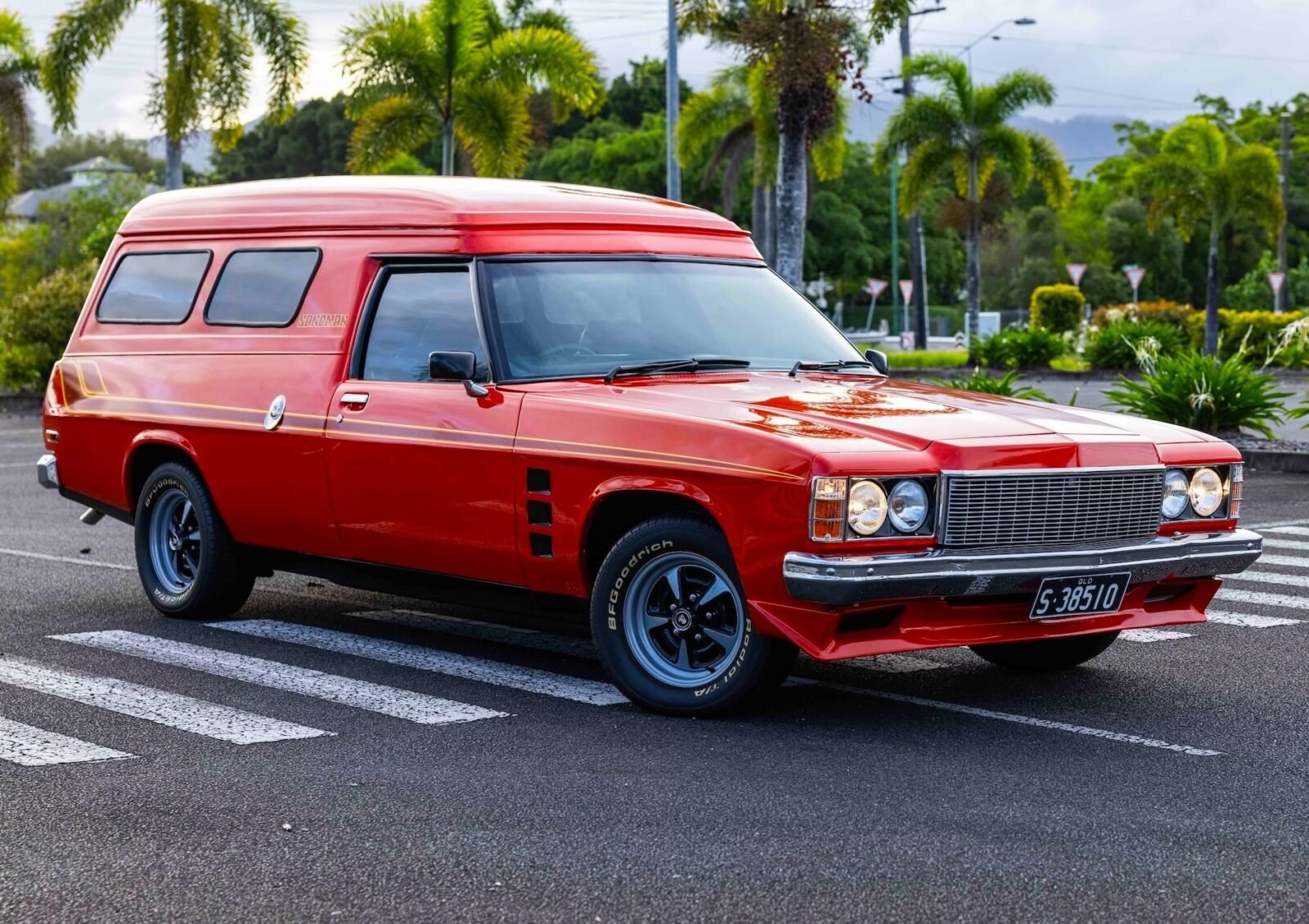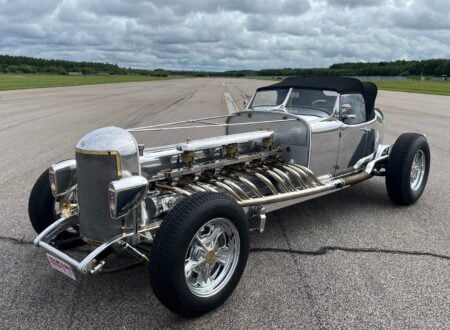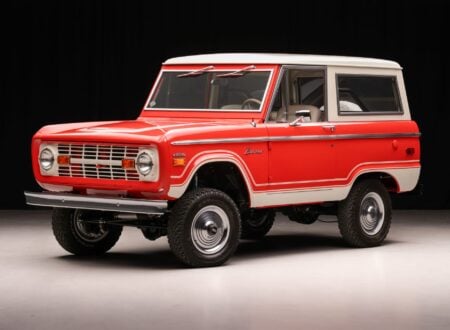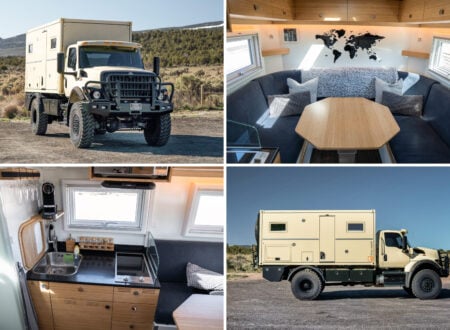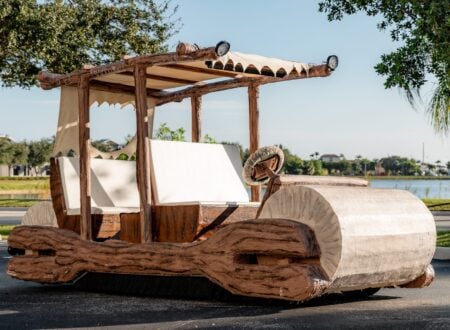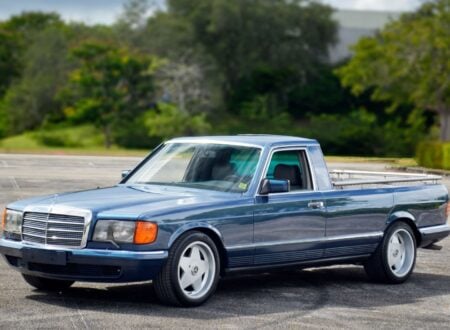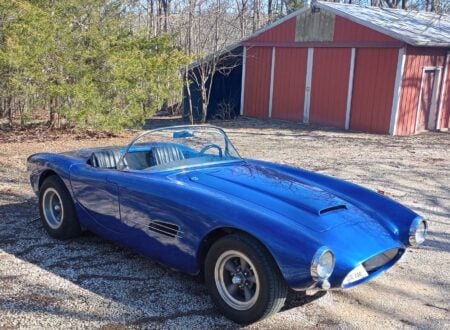This is a comprehensively restored 1975 Holden HJ Sandman with just 50 kms since the rebuilt engine was run-in. This vehicle is powered by the desirable 4.2 liter Holden 253 V8 paired with a 4-speed M20 manual transmission, sending power back to a Salisbury limited-slip differential.
These original Sandmans are among the most collectible Australian cars of their era, harking back to a simpler time of Eskies full of stubbies and long weekends at the beach with a mattress in the back, a couple of surfboards, and maybe a blue heeler in tow.
Fast Facts – The Holden HJ “Sandman”
- This 1975 Holden HJ Sandman Panelvan has undergone a full restoration, completed in 2022, with its rebuilt 4.2 liter Holden 253 V8 having just 50 kms since it was run in. This V8 is paired with a 4-speed manual transmission and Salisbury limited-slip differential, offering solid performance by the standards of the time.
- First introduced in 1974, the Holden Sandman transformed the standard panel van into an exciting lifestyle vehicle by incorporating the GTS sports package. Features included rally wheels, bold exterior graphics, bucket seats, and high-performance V8 engine options – making it a standout choice for young drivers.
- A hallmark of 1970s Australian culture, the Sandman became known for its vibrant paintwork and customizable interiors. Many owners fitted their vans with shag carpeting, sound systems, and disco balls, earning it nicknames like “Shaggin’ Wagon” and “Sin Bin.” It symbolized freedom, fun, and the surf-and-beach Australian lifestyle.
- This particular Sandman, listed for sale in Queensland, Australia, comes with a Holden Historical Services production report and period-correct details such as restored 14 inch GTS wheels and radial tuned suspension. Its historical significance and professional restoration cements its status as a rare and collectible piece of Australian automotive history.
How To Turn A Panelvan Into A Sandman
As the 1970s dawned and a new custom van movement began kicking off in the United States, Britain, Australia, and elsewhere, Australian automotive manufacturer Holden was faced with a unique challenge. They didn’t have a vehicle in production that would appeal to the van-loving youth of the day. Some enterprising minds got together and solved this problem by taking the Holden panel van and giving it all the high-performance options of the Holden GTS range, then adding stripes and decals.
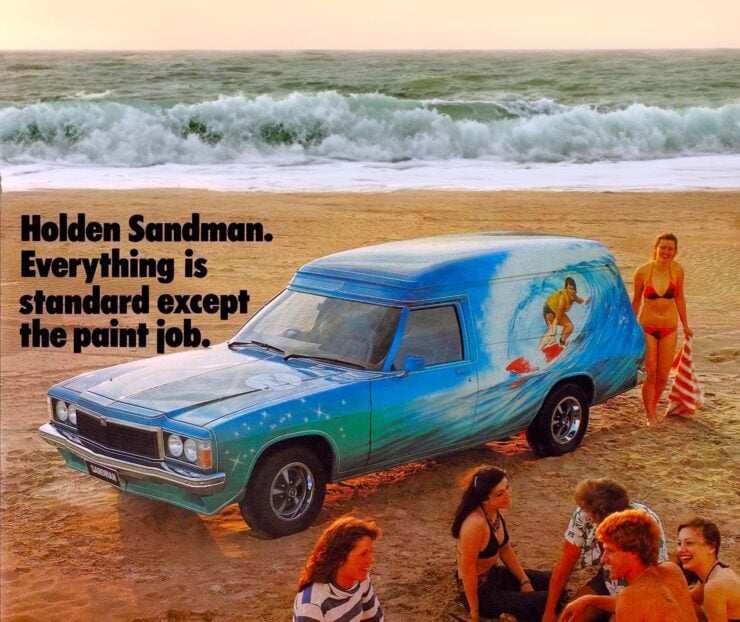

Though the idea may have been somewhat simple, it was highly effective. They called their new model the Holden Sandman. No one knows exactly where the name originated, but some have hypothesized that it was a reference to the fact you could sleep in the back.
The original Sandman was a mythical character from European folklore who would put people to sleep and inspire pleasant dreams by sprinkling magic sand onto their closed eyes. Whatever the reason behind the name of the new Holden, it quickly became a best-seller, and it was accompanied on showroom floors by a utility version with a standard uncovered ute-style rear end.
The Holden Sandman Debuts
The Holden Sandman officially debuted in 1974, but the Australian public had seen the concept car it was based on two years earlier at the 1972 Sydney Motor Show.
The Sandman panel van, which is the model we’ll be focusing on here, was initially based on the Holden HQ model, but featured the Holden GTS sports package which consisted of the GTS gauge cluster, steering wheel, and bucket seats.
This was all combined with rally wheels, GTS style guards, and the buyer’s choice of either the base straight-six engine, or the 253 or 308 Holden V8 engines of the time. The standard transmission was a 4-speed manual, but a less-common 3-speed automatic was also offered as an option.
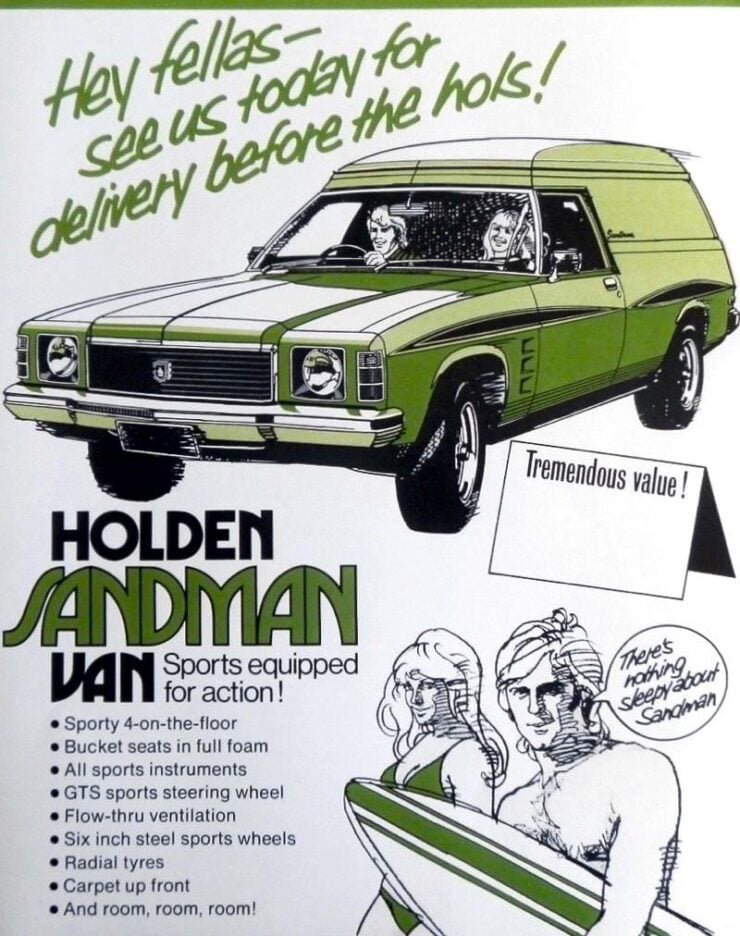

The bright paint schemes, bold decals, and prominent “Sandman” graphics applied to the exterior of the vehicle quickly made it a favorite among the young, and the young at heart. Soon there were customized versions of the Sandman appearing all over the country, typically fitted out with a mattress in the back, shag carpeting that extended across the floor, up the walls, and across the roof.
Some were given TV sets and disco balls, hifi systems, spinning nightclub lights, and even smoke machines. Unsurprisingly, these customized Sandman panel vans soon earned a reputation for the sordid behavior that would often happen in the back.
They were nicknamed “Shaggin’ Wagons” and “Sin Bins” for obvious reasons, and many parents of the time were said to have forbidden their teenage daughters from dating a boy who owned one.
The Sandman would remain in production from 1974 until 1980 across the Holden HQ, HX, and HZ models. It became a cultural phenomenon and captured a large swath of the nation’s custom van enthusiasts.
By the time the 1980s dawned it was clear that the van movement was losing steam, and a new decade called for a new approach from Holden, so the Sandman was discontinued. They had sold over 150,000 of them, very high sales numbers for an Australian specialty vehicle, and they remained a common sight on the road for a decade or two until the surviving examples became quite valuable, and ended tucked away in collections.
The Holden HJ “Sandman” Shown Here
The Holden HJ Sandman you see here is a 1975 model. It now benefits from a full restoration which was completed in June of 2022, and it’s said to have had just 50 kms added since the newly rebuilt engine completed its run-in phase. The car does have 264,909 kms in total on the odometer however almost all of them were added before the recent restoration.
As mentioned in the introduction, this car is powered by the 4.2 liter Holden “253” V8 which is mated to a 4-speed manual transmission, sending power back to a Salisbury LSD (limited-slip differential). It’s been repainted in its original color of Mandarin Red and the correct Sandman decals have been applied.
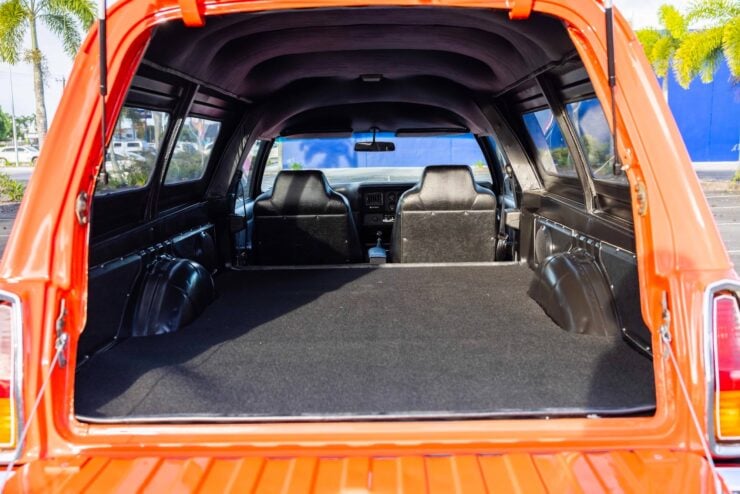

It’s fitted with a set of restored 14 inch black and silver GTS sports wheels shod with BF Goodrich Radial T/A tires. It has radial tuned suspension, front disc brakes, a three-spoke GTS steering wheel, and twin bucket seats with a center console.
The car is now being offered for sale online by Collecting Cars out of Queensland, Australia with its original Holden Historical Services production report. If you’d like to read more about it or place a bid you can visit the listing here.
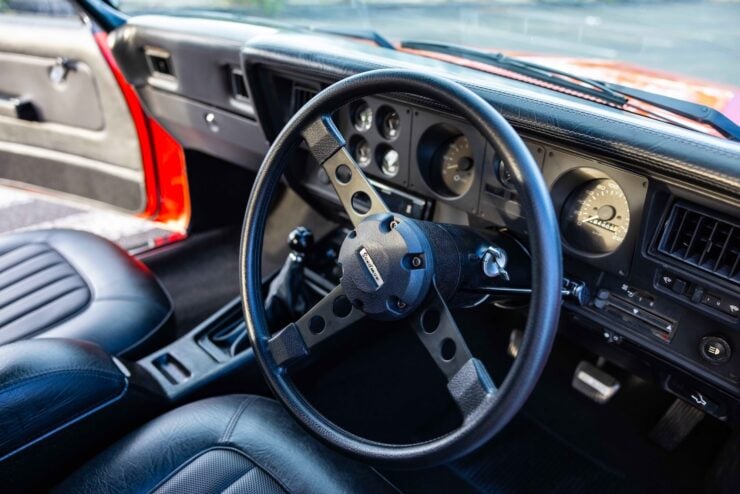
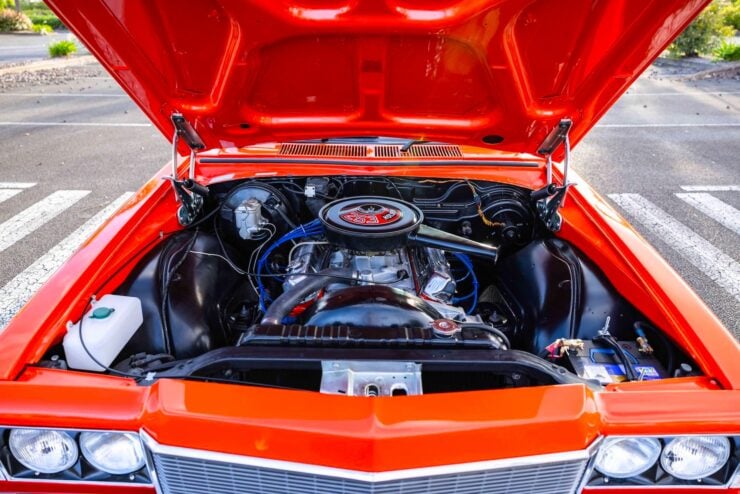
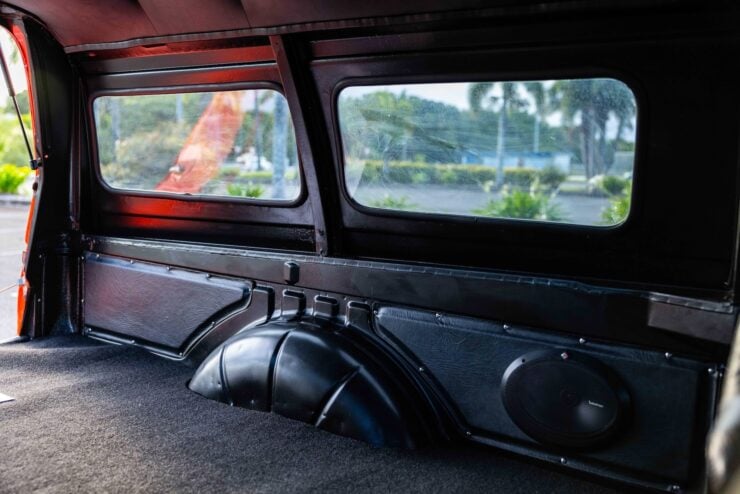
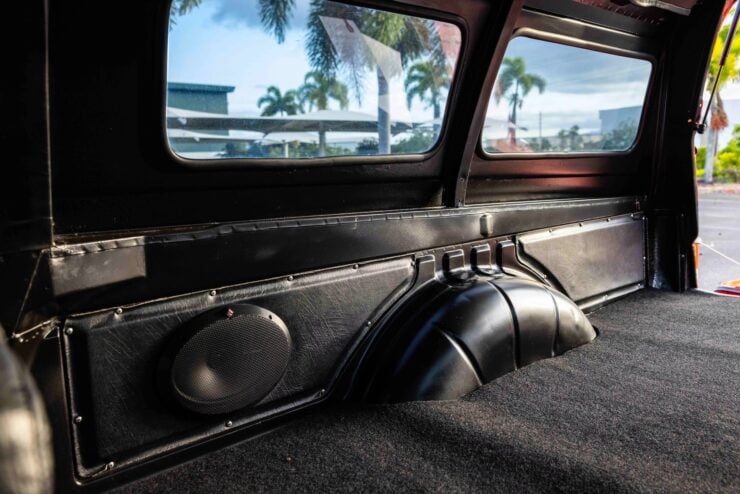
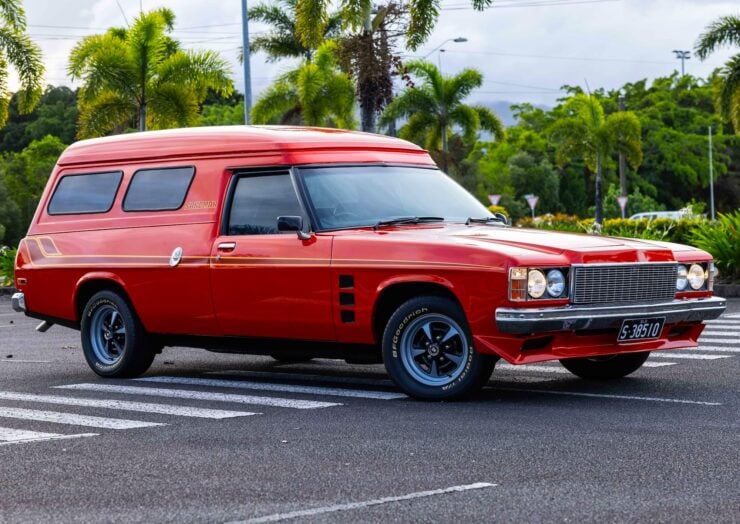
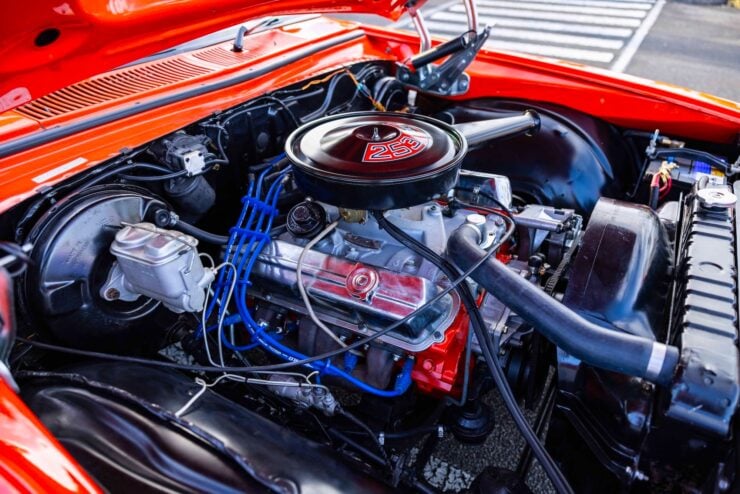
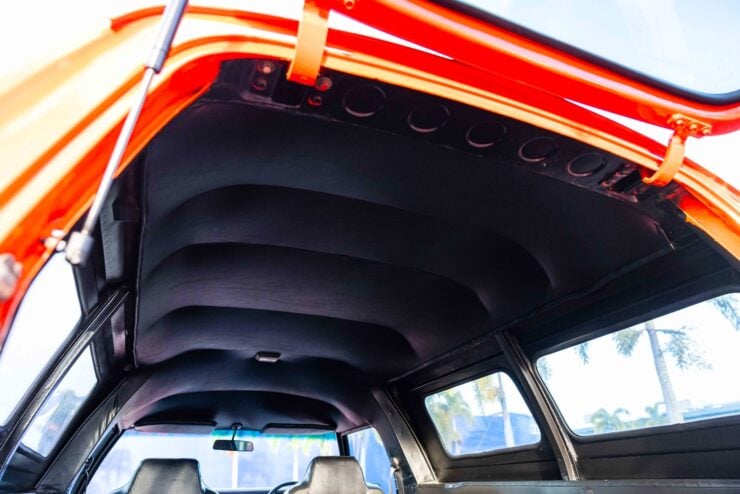
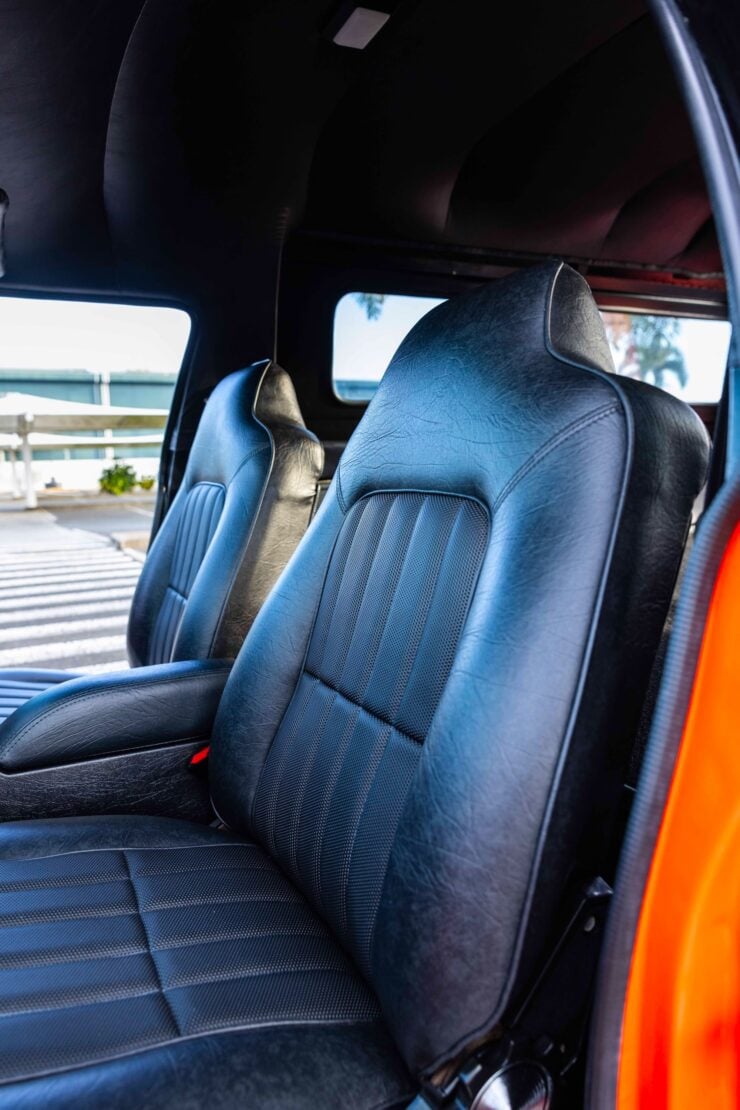
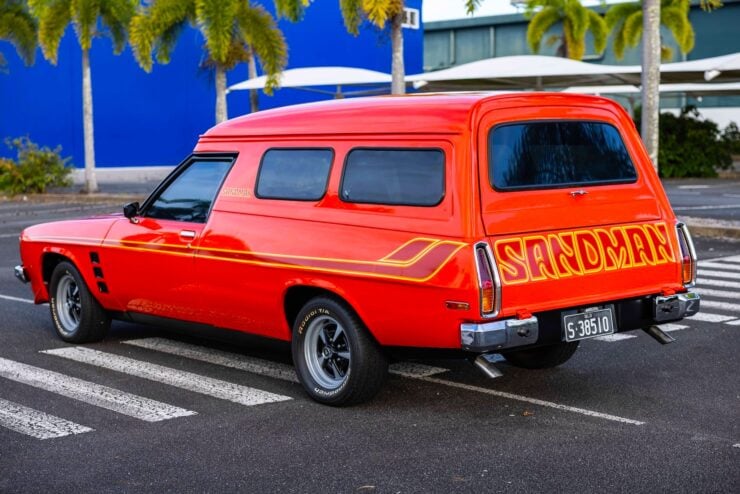
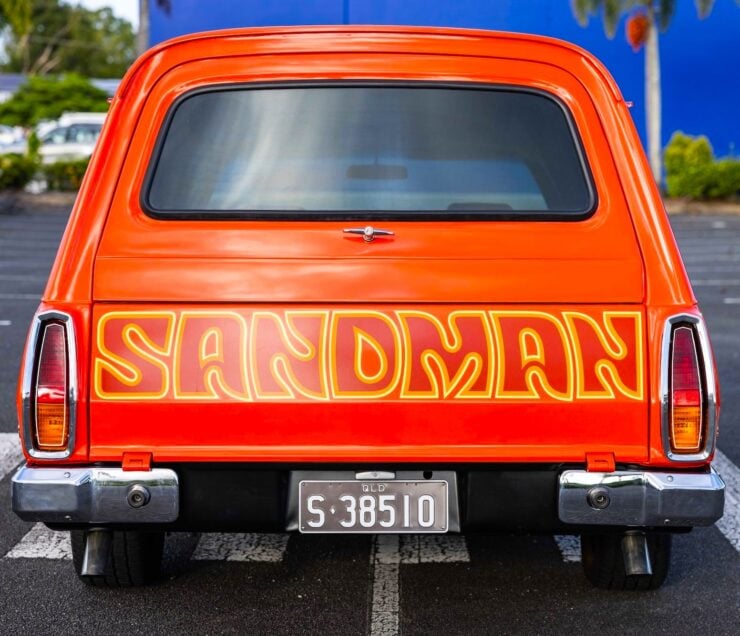
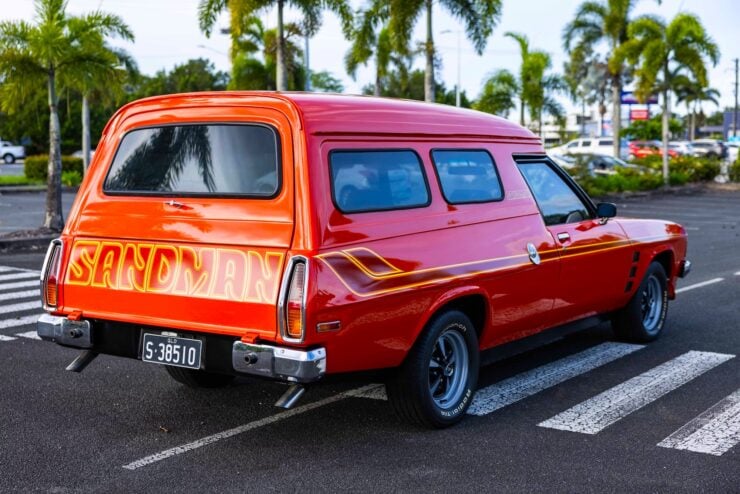
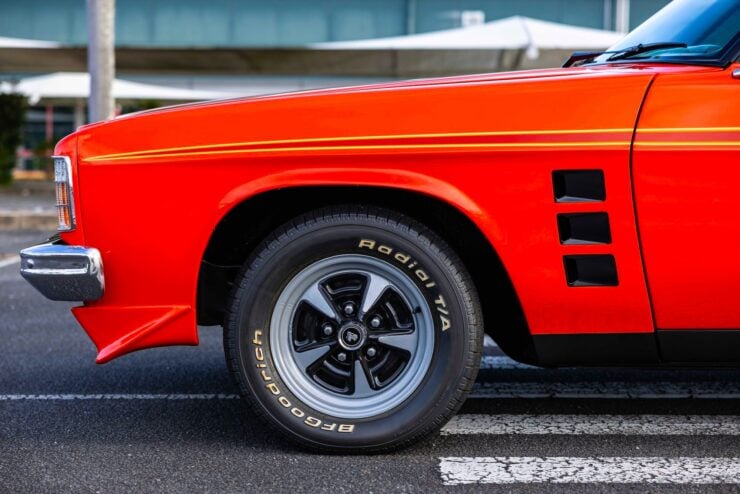
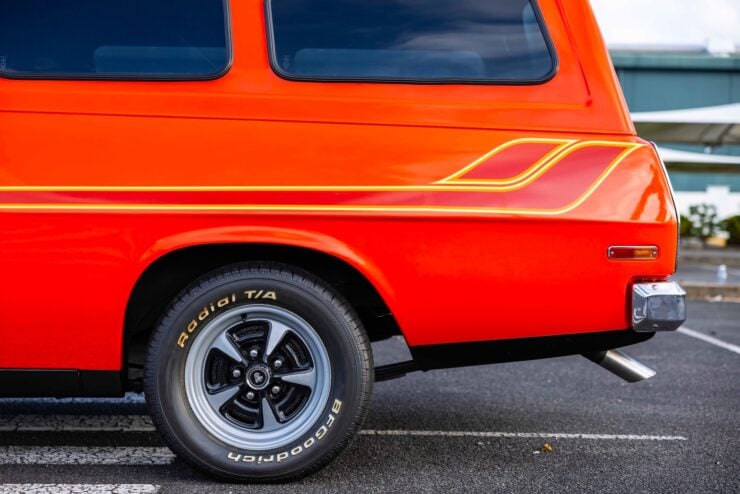
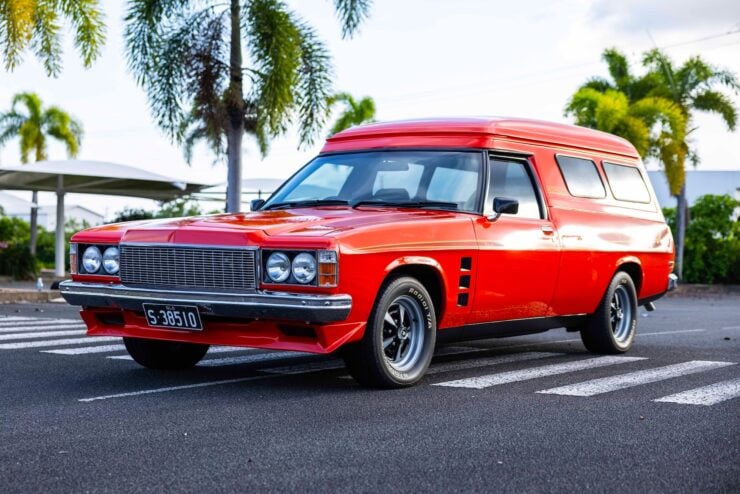
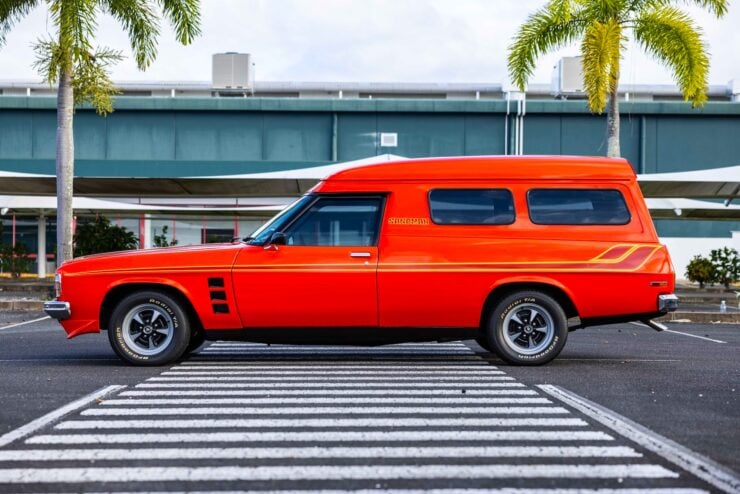
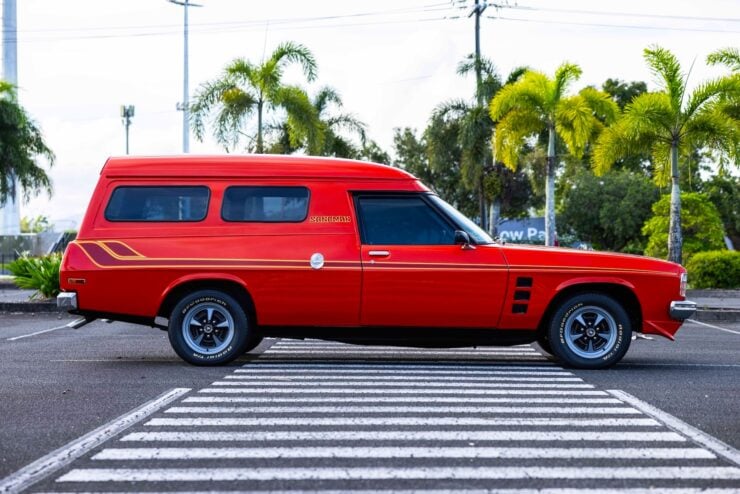
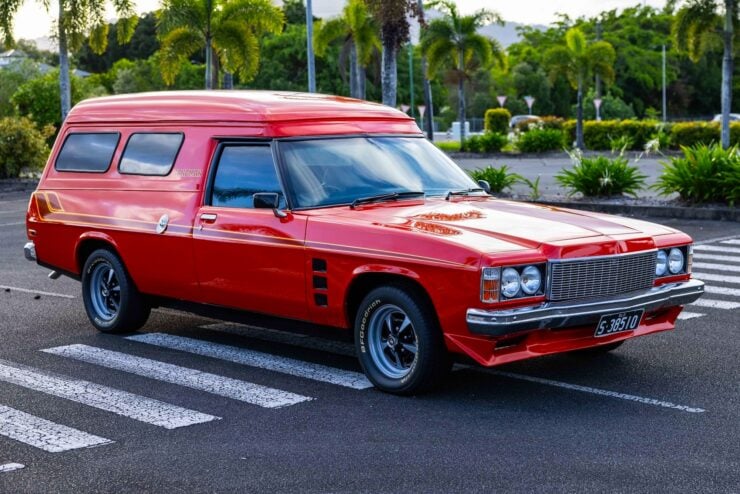
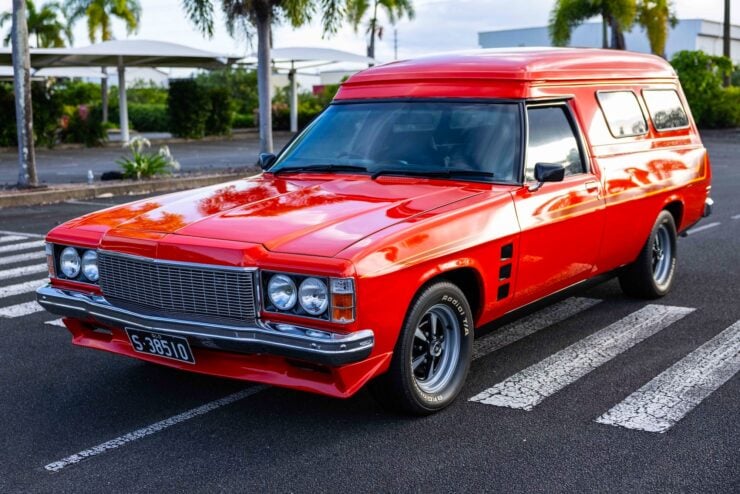
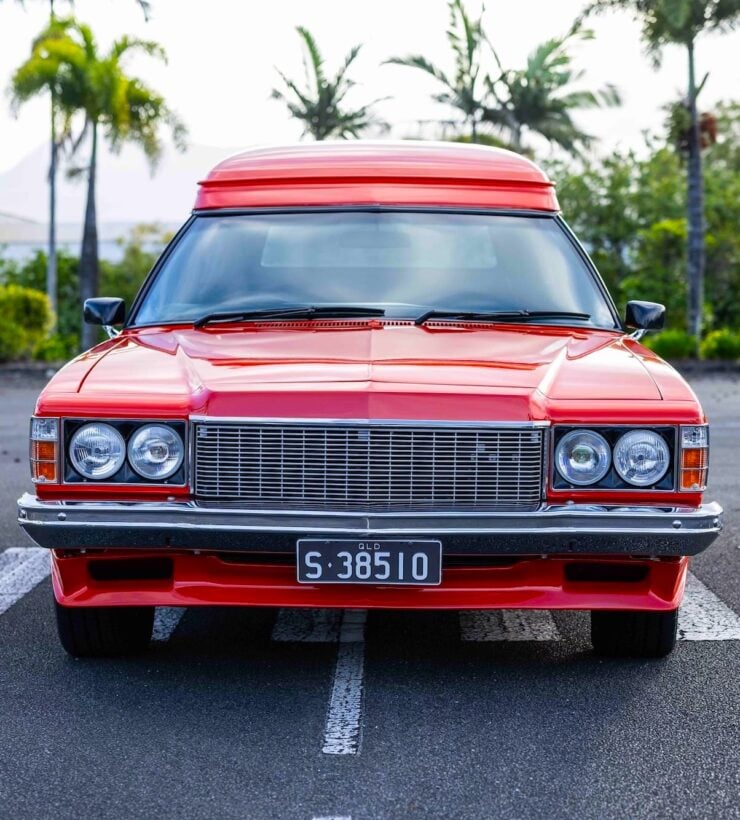
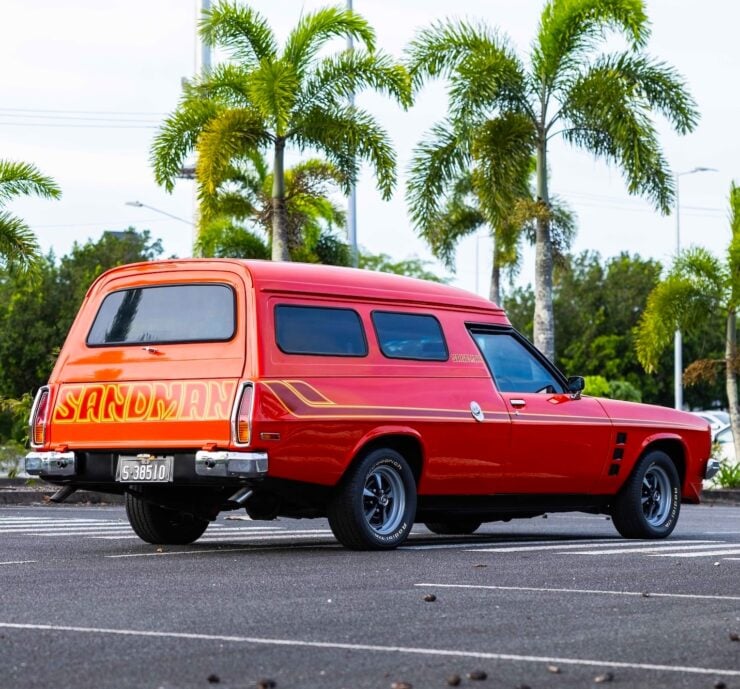
Images courtesy of Collecting Cars

